The ocean is a vast, mysterious, and awe-inspiring part of our planet, covering more than 70% of Earth’s surface. Its depths and wonders are still largely unexplored, holding secrets and surprises that captivate our imaginations.
From vibrant coral reefs to the deepest trenches, the ocean is a world full of life and phenomena that can leave us speechless.
1. The Ocean is Home to the Largest Living Structure
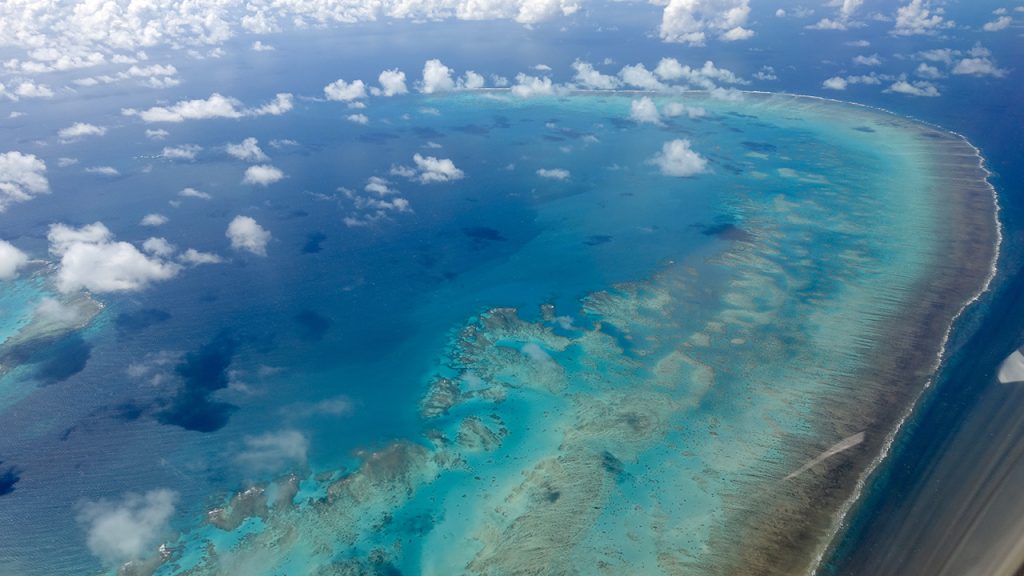
The Great Barrier Reef, located off the coast of Australia, is the largest living structure on Earth. It spans over 2,300 kilometers and can even be seen from space. The reef is composed of billions of tiny organisms known as coral polyps, which create a vibrant and diverse ecosystem.
2. More than 80% of the Ocean is Unexplored
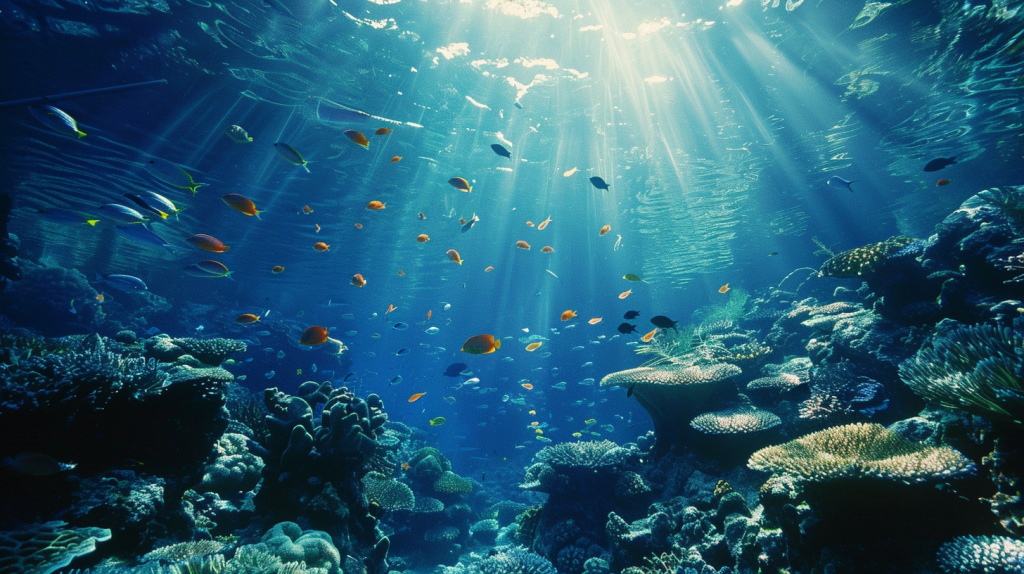
Despite advancements in technology, more than 80% of the ocean remains unexplored and unmapped. This vast, mysterious frontier is still waiting to reveal its secrets to scientists and explorers.
3. The Ocean Contains 94% of Earth’s Living Space
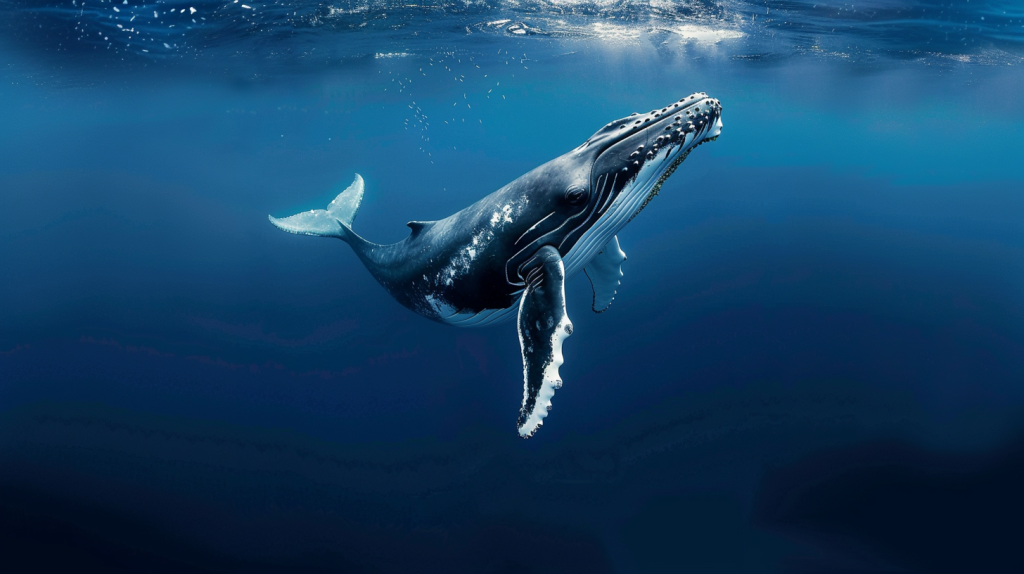
The ocean provides the largest habitat on the planet, containing 94% of all living space. It supports a wide range of life forms, from the tiniest plankton to the largest whales.
4. There Are More Historic Artifacts Under the Sea than in All the World’s Museums
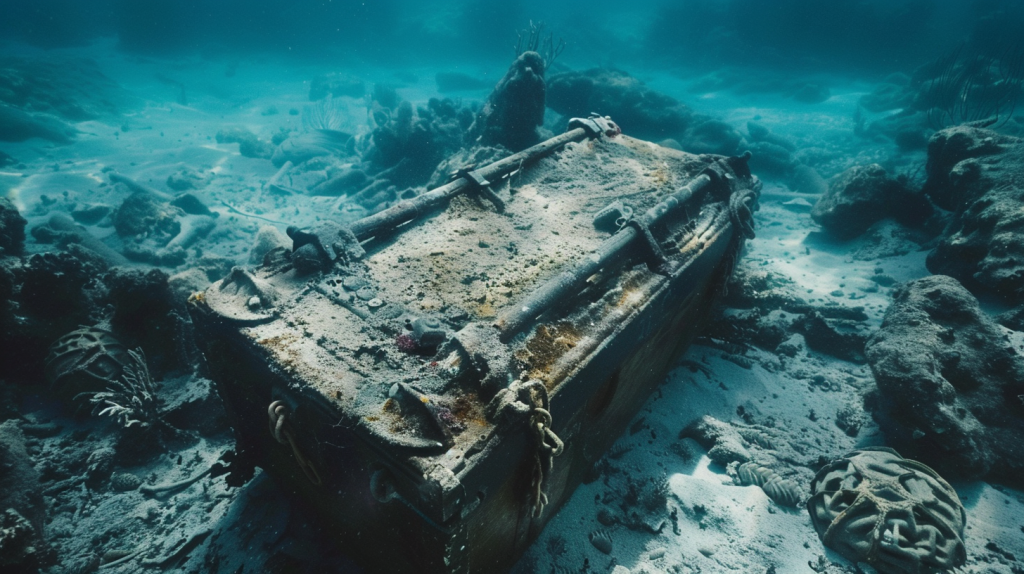
The ocean floor is littered with shipwrecks, lost cities, and ancient artifacts. It’s estimated that there are more treasures hidden beneath the waves than are on display in all the world’s museums.
5. The Deepest Part of the Ocean is the Mariana Trench
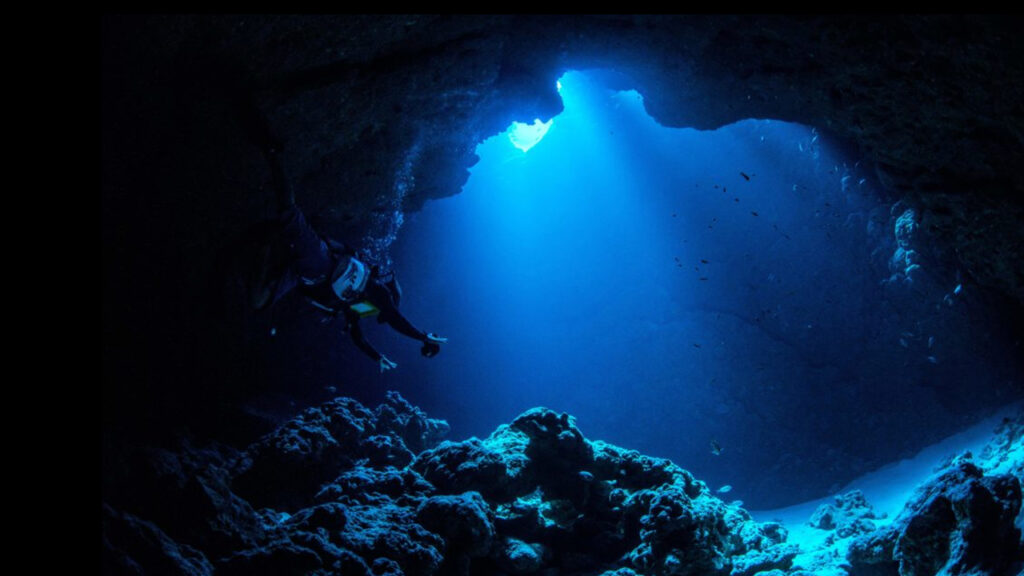
The Mariana Trench, located in the western Pacific Ocean, is the deepest part of the ocean. Its deepest point, known as Challenger Deep, reaches a staggering depth of about 36,000 feet, which is deeper than Mount Everest is tall.
6. Oceans Regulate the Earth’s Climate
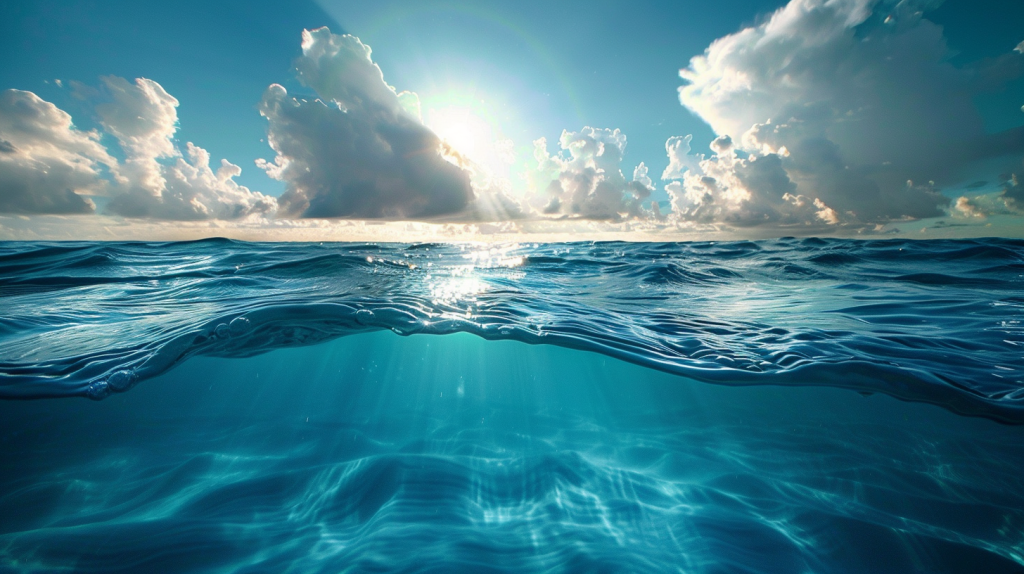
The ocean plays a crucial role in regulating the Earth’s climate by absorbing heat and distributing it around the globe through currents. It also absorbs carbon dioxide, helping to mitigate the effects of climate change.
7. The Ocean is a Major Source of Oxygen
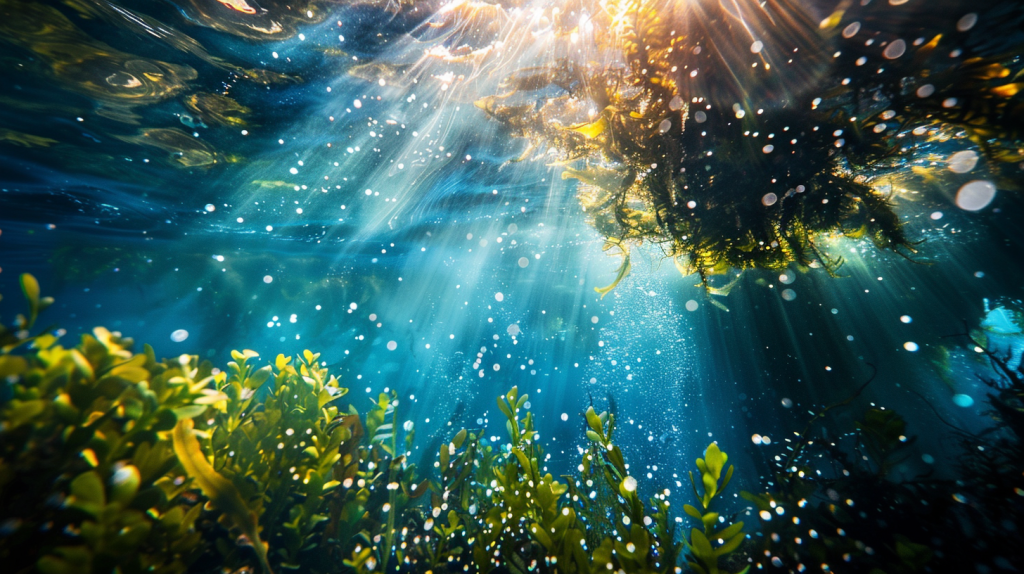
Phytoplankton, tiny marine plants that float near the ocean’s surface, produce about 50% of the world’s oxygen through photosynthesis. These tiny organisms are vital to life on Earth.
8. There Are Lakes and Rivers Beneath the Ocean
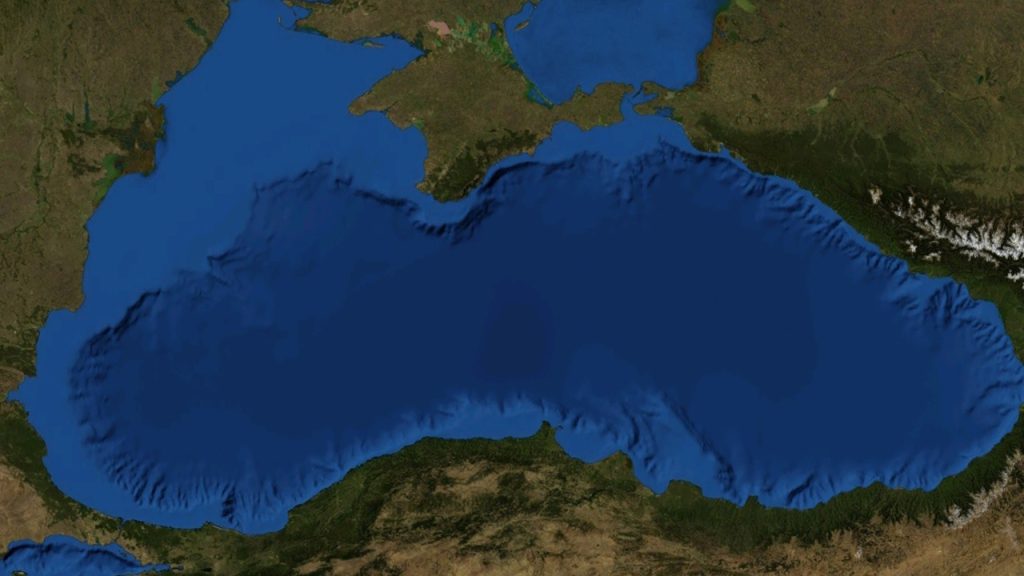
Beneath the ocean’s surface, there are areas where saltwater forms lakes and rivers due to differences in salinity and density. These underwater bodies of water create unique and eerie landscapes.
9. The Ocean is Full of Mountains and Volcanoes
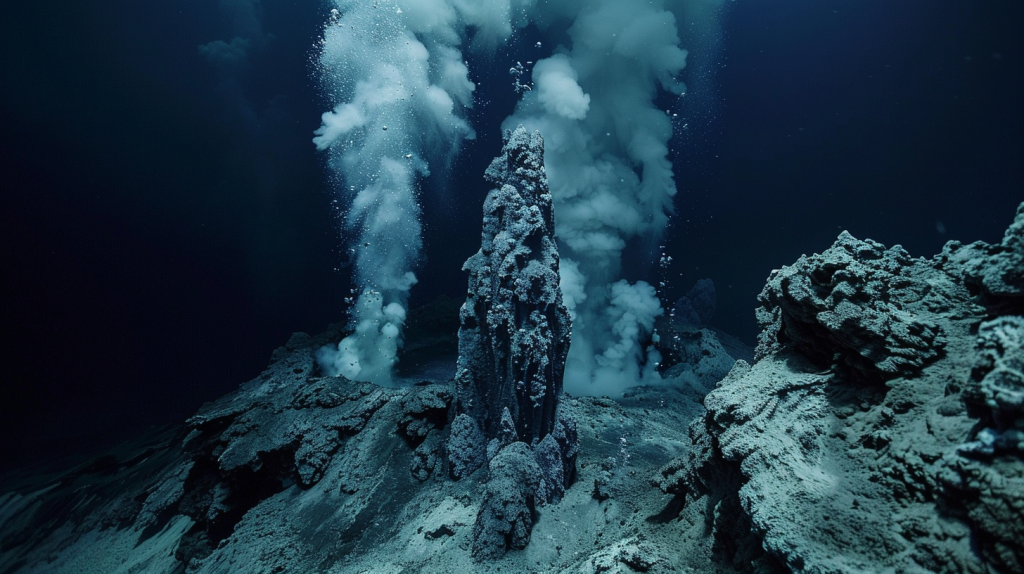
The ocean floor is not flat but is dotted with underwater mountains, known as seamounts, and active volcanoes. These geological features contribute to the dynamic nature of the ocean.
10. Bioluminescence is Common in the Ocean
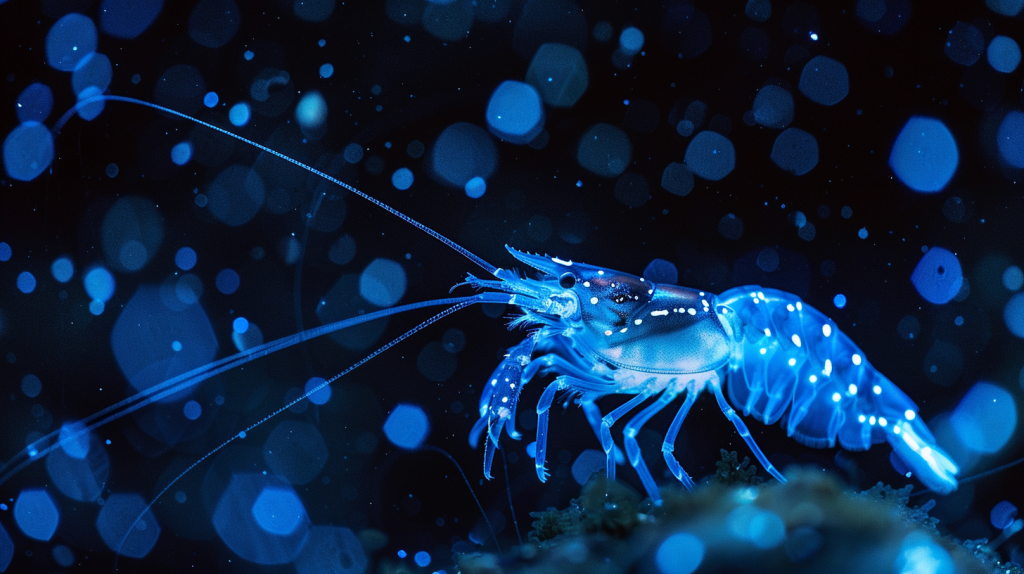
Many marine organisms, such as certain species of jellyfish, fish, and plankton, have the ability to produce light through chemical reactions in their bodies. This bioluminescence is used for various purposes, including attracting prey and communication.
11. The Ocean Holds Vast Mineral Resources
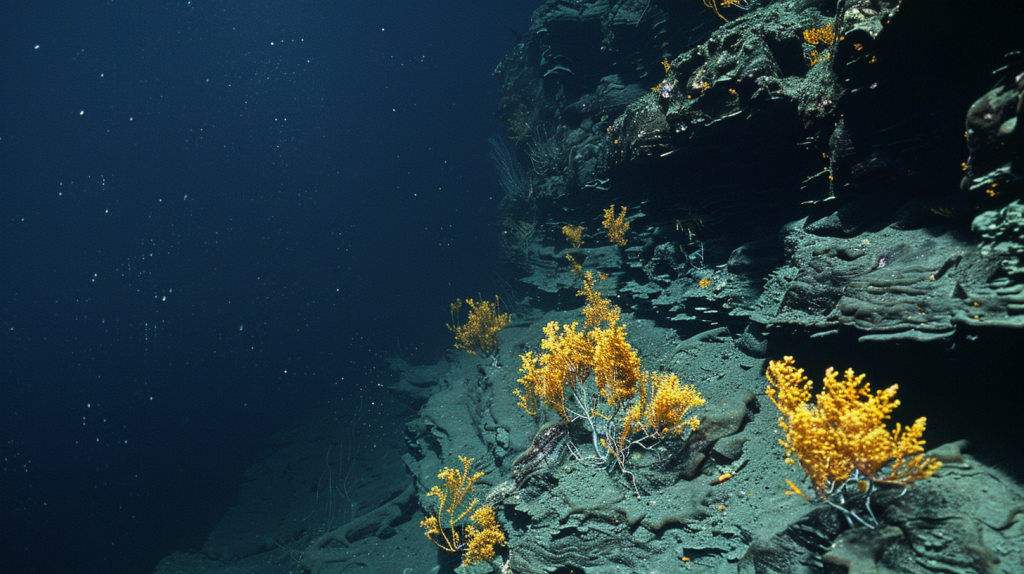
The ocean floor is rich in minerals such as gold, silver, and manganese. These resources are found in deposits that could potentially be mined in the future, though they pose environmental and technical challenges.
12. The Ocean is Full of Unique Ecosystems
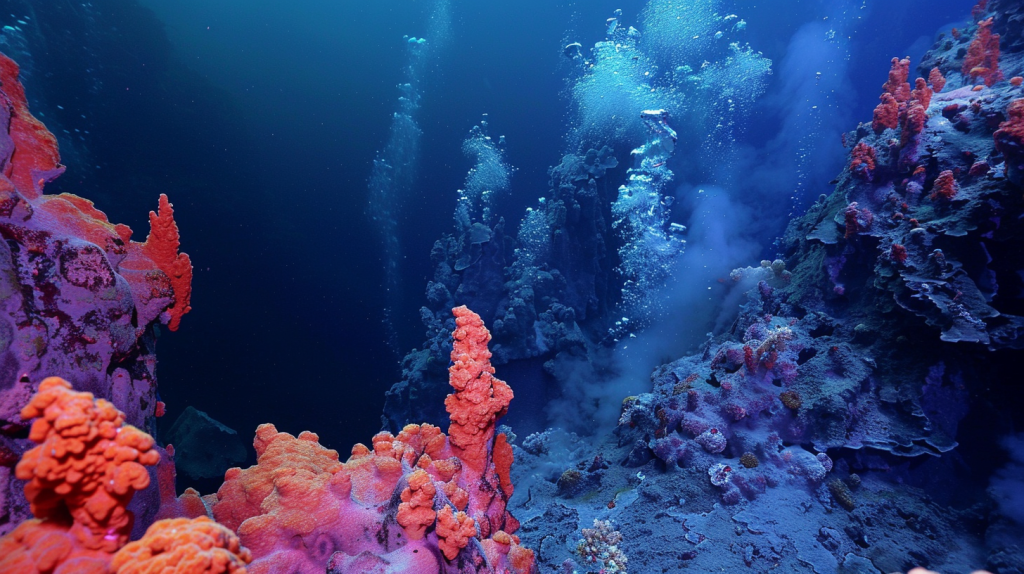
From hydrothermal vents that spew superheated water rich in minerals to cold seeps where methane bubbles up from the seafloor, the ocean is home to some of the most unique and extreme ecosystems on the planet.
13. The Blue Whale is the Largest Animal on Earth
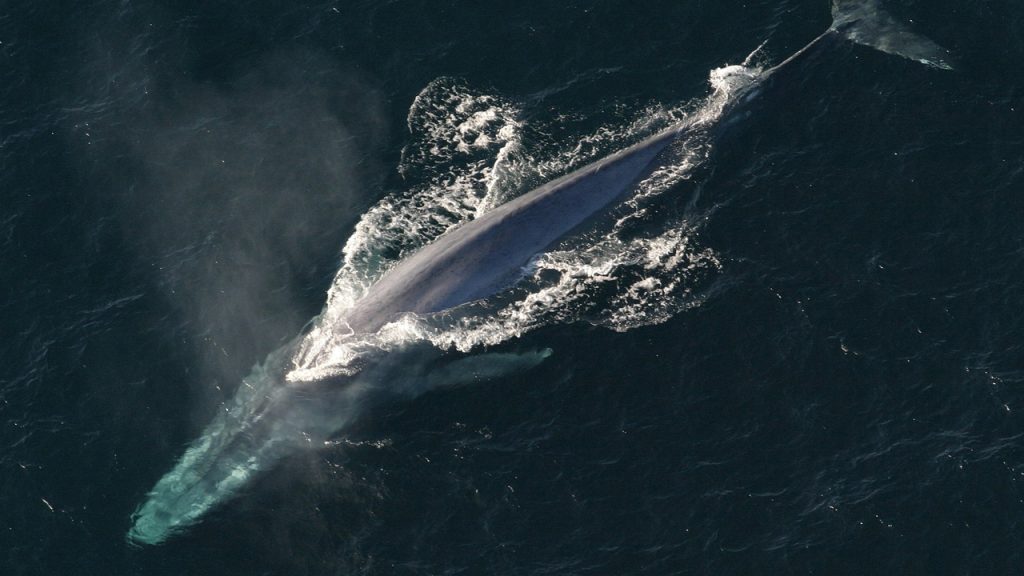
The blue whale, which can grow up to 100 feet in length and weigh as much as 200 tons, is the largest animal to have ever existed. These gentle giants roam the ocean, feeding primarily on tiny shrimp-like animals called krill (History Hit) (Wikipedia).
14. Sound Travels Faster in Water than in Air
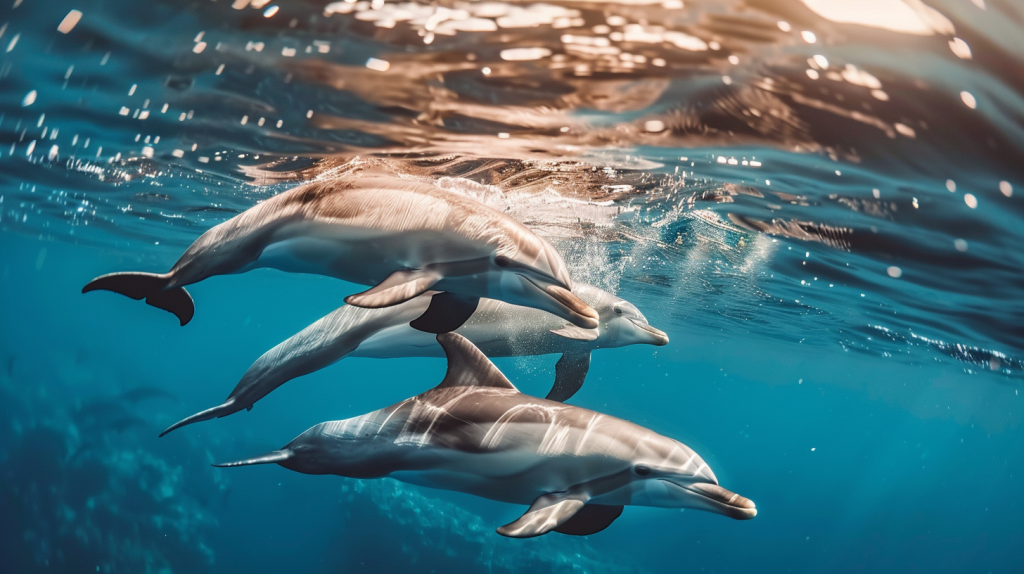
Sound waves travel about four times faster in water than they do in air. This is why marine animals, such as whales and dolphins, rely heavily on sound for communication and navigation.
15. The Ocean is a Source of New Medicines
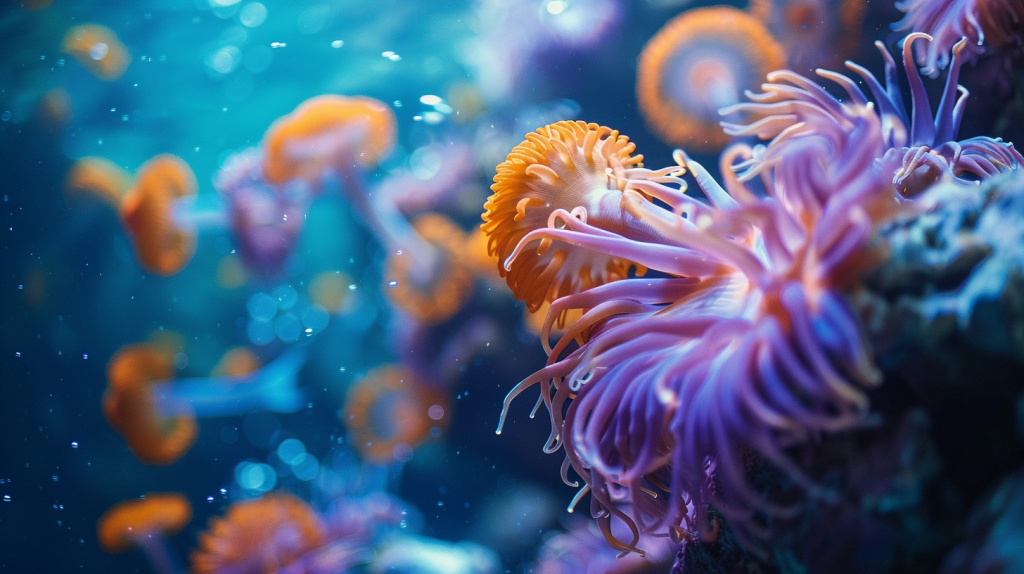
Marine organisms have been found to produce compounds that can be used to develop new medicines, including treatments for cancer, pain, and infections. The ocean’s biodiversity holds great potential for medical advancements.
Ellen has been obsessed with logic puzzles, jigsaws, and cryptograms since she was a kid. After learning she was taught how to play chess wrong by a family friend (so they could win), she joined her school chess club and the rest is history.

